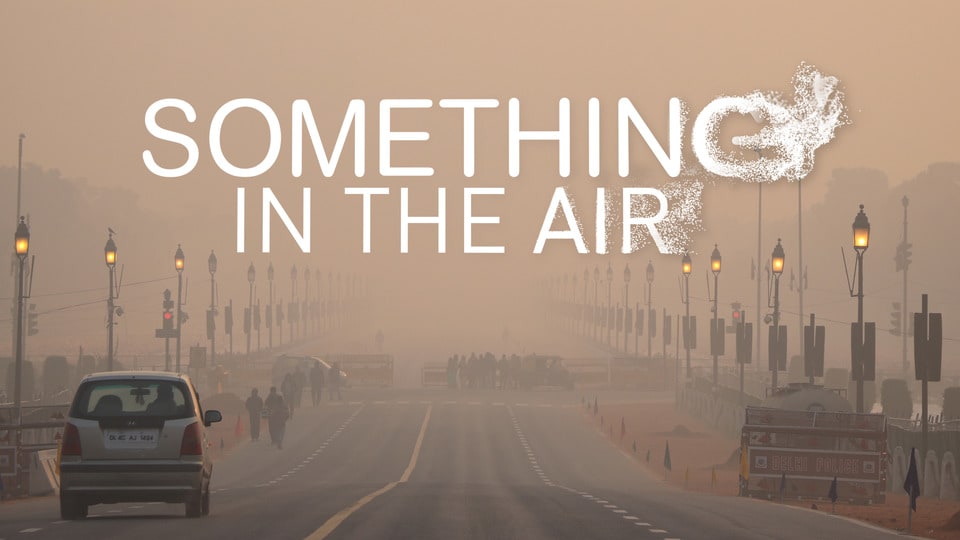You are here
CBC The Nature of Things (2019.02.17) s58e14 Something in the Air
Primary tabs
| Size | Seeds | Peers | Completed |
|---|---|---|---|
| 1.1 GiB | 2 | 0 | 34 |
| File | Duration | Resolution | Video Format | Audio Format |
|---|---|---|---|---|
| CBC-TheNatureOfThings.20190217.s58e14.SomethingInTheAir.1280x720.mp4 | 44m8s | 1280x720 | AVC | AAC |
 .
.
Matthew is a busy, athletic 10-year-old. He loves playing outside and just tried out for hockey. But he also has asthma and had to move because he couldn’t breathe in the city. Matthew didn’t live in Delhi or Beijing — his family had to move from Toronto.
Pollution is killing thousands of people every day around the world. Cities across Asia and Europe have had to shut down factories and stop traffic to manage “airpocalypse” pollution events when the air is deemed unsafe for the people who live there.
MORE:
Three unexpected ways that air pollution may affect our bodies
Smart tools track air pollution around the world and where you live
But air pollution is a significant risk factor everywhere — even places we think of as “safe.” This documentary investigates: Just how dangerous is the pollution we can’t see?
Researchers like Greg Evans at the University of Toronto, who has been studying air pollution for decades, are trying to find out. At first, he explains, most air pollution measurements were taken with large, expensive equipment, from a limited number of fixed locations. But when the university created a mobile lab in a cube van, the variable air quality around the city became more apparent.
Marianne Hatzopoulou, also at the University of Toronto, studies urban air pollution with the latest technology: portable air monitors. These monitors allow her team of students to go places where even a truck can’t and take important measurements of the city’s air.
After all, because air pollution can be invisible, it’s hard to know what you’re actually breathing. Some places that look fine can have levels of air pollution that rival the two countries suffering the most from the problem: China and India.
In India, Dr. Arvind Kumar, a chest surgeon at the Sir Ganga Ram Hospital, sees the effects of air pollution first-hand. He has seen changes in the colour and health of his patients’ lungs and is very concerned about the health effects of air pollution on the people of India in the coming years.
Of course, air pollution doesn’t only affect humans; it has an impact on anything that breathes. And that includes man’s best friend.
In Lancaster, England, Barbara Maher was involved in a groundbreaking study, based off of previous research involving dogs in Mexico City. Her work indicates that the smallest particles of air pollution can go through the olfactory nerves in our noses, directly into our brains — and may be a cause of dementia.
Back in Canada, Toronto resident Keith Brooks he takes a hands-on approach to learn about air pollution in his Junction Triangle neighbourhood. An avid cyclist, Brooks finds it easier to get around by bike and is doing his part to keep the city green.
MORE:
Simple ways to reduce your exposure to air pollution outside
CBC RADIO: How some trees could protect kids from air pollution linked to Alzheimer's: scientist
But he’s curious about his commute downtown and back every day. What is the quality of the air? Is it affecting his health? Can he find better routes? Using a portable monitor from the University of Toronto, Brooks sets out on his morning commute, taking two different routes to see how bad the air is, where it’s the worst, and what he can do to avoid it.
Something in the Air looks at the most essential element for our survival, showing what’s in the air we breathe, the effects it has on our bodies, and how new technology and a motivated public are changing the equation for the better.
- Log in to post comments
